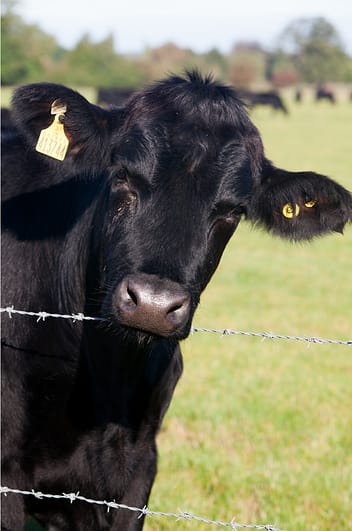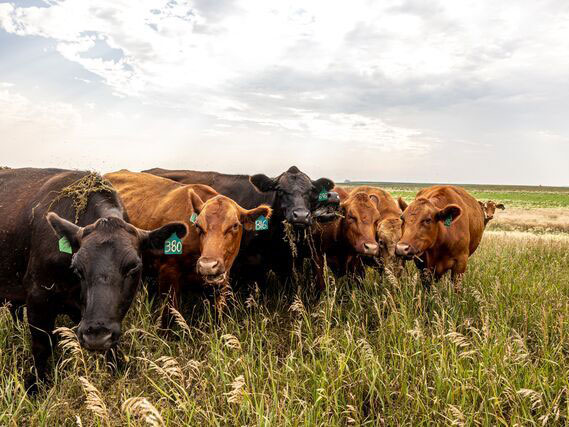Understanding Livestock Threat Defense (LRP) Insurance Coverage: A Comprehensive Overview
Navigating the realm of livestock risk security (LRP) insurance policy can be a complex undertaking for several in the farming sector. From just how LRP insurance coverage operates to the numerous protection alternatives readily available, there is much to discover in this comprehensive overview that might possibly form the means animals manufacturers come close to danger administration in their services.

How LRP Insurance Functions
Periodically, understanding the technicians of Livestock Threat Security (LRP) insurance policy can be intricate, yet damaging down exactly how it functions can offer clarity for herdsmans and farmers. LRP insurance policy is a risk administration tool made to safeguard livestock producers against unexpected rate decreases. The policy enables producers to establish a protection degree based on their certain requirements, choosing the number of head, weight range, and insurance coverage price. As soon as the policy remains in place, if market value drop below the insurance coverage price, producers can sue for the difference. It is necessary to note that LRP insurance is not a profits assurance; rather, it focuses exclusively on cost threat protection. The protection period commonly ranges from 13 to 52 weeks, offering versatility for producers to select a duration that lines up with their manufacturing cycle. By using LRP insurance policy, ranchers and farmers can reduce the economic threats related to fluctuating market value, making certain higher stability in their procedures.
Eligibility and Coverage Options

When it pertains to protection alternatives, LRP insurance policy offers manufacturers the flexibility to pick the protection degree, insurance coverage period, and recommendations that ideal suit their risk administration demands. Protection degrees normally vary from 70% to 100% of the expected finishing worth of the insured animals. Manufacturers can additionally choose insurance coverage durations that align with their manufacturing cycle, whether they are guaranteeing feeder livestock, fed livestock, swine, or lamb. Endorsements such as cost danger security can better customize protection to protect against unfavorable market fluctuations. By understanding the eligibility criteria and coverage options readily available, animals manufacturers can make educated decisions to handle risk successfully.
Advantages And Disadvantages of LRP Insurance Coverage
When evaluating Animals Threat Security (LRP) insurance coverage, it is crucial for animals producers to consider the benefits and drawbacks integral in this danger management device.

One of the key advantages of LRP insurance policy is its ability to provide security versus a decrease in animals costs. Additionally, LRP insurance provides a degree of adaptability, permitting manufacturers to tailor protection levels and policy durations to suit their particular requirements.
One constraint of LRP insurance coverage is that it does not safeguard versus all kinds of threats, such as illness outbreaks or all-natural disasters. It is essential for manufacturers to very carefully analyze their specific danger direct exposure and economic situation to figure about his out if LRP insurance coverage is the best threat administration device for their procedure.
Understanding LRP Insurance Policy Premiums

Tips for Optimizing LRP Perks
Maximizing the benefits of Livestock Threat Security (LRP) insurance policy requires tactical preparation and aggressive risk administration - Bagley Risk Management. To maximize your LRP coverage, consider the following ideas:
Regularly Evaluate Market Problems: Stay visit the site notified regarding market patterns and rate fluctuations in the livestock industry. By monitoring these elements, you can make educated decisions about when to buy LRP protection to protect against potential losses.
Set Realistic Coverage Levels: When picking coverage degrees, consider your manufacturing costs, market price of livestock, and prospective dangers - Bagley Risk Management. Establishing realistic coverage degrees makes certain that you are effectively secured without overpaying for unnecessary insurance policy
Expand Your Coverage: Rather of depending exclusively on LRP insurance policy, consider expanding your danger administration techniques. Integrating LRP with various other risk management devices such as futures agreements or alternatives can supply comprehensive coverage against market unpredictabilities.
Review and Readjust Protection On a regular basis: As market problems change, occasionally assess your LRP insurance coverage to ensure it straightens with your present danger direct exposure. Adjusting insurance coverage degrees and timing of acquisitions can aid maximize your threat security technique. By complying with these ideas, you can optimize the benefits of LRP insurance coverage and guard your animals operation versus unpredicted threats.
Conclusion
In final thought, animals risk security (LRP) insurance policy is a useful tool for farmers to manage the economic dangers connected with their livestock operations. By comprehending just how LRP works, qualification and protection alternatives, as well as the pros and cons of this insurance coverage, farmers can make enlightened choices to shield their livelihoods. By meticulously taking into consideration LRP premiums and carrying out methods to optimize advantages, farmers can alleviate possible losses and make sure the sustainability of their operations.
Livestock manufacturers interested in getting Livestock Danger Defense (LRP) insurance policy can check out a variety of qualification criteria and protection options customized to their specific livestock procedures.When it comes to coverage alternatives, LRP insurance policy offers producers the adaptability to choose the protection level, insurance coverage period, and endorsements that best fit their risk management requirements.To comprehend the ins and outs of Livestock Risk you could try this out Protection (LRP) insurance completely, understanding the factors influencing LRP insurance costs is vital. LRP insurance coverage premiums are identified by different aspects, consisting of the coverage degree selected, the expected price of animals at the end of the coverage duration, the kind of animals being insured, and the length of the protection duration.Testimonial and Change Coverage Regularly: As market conditions change, regularly assess your LRP coverage to guarantee it straightens with your existing risk exposure.